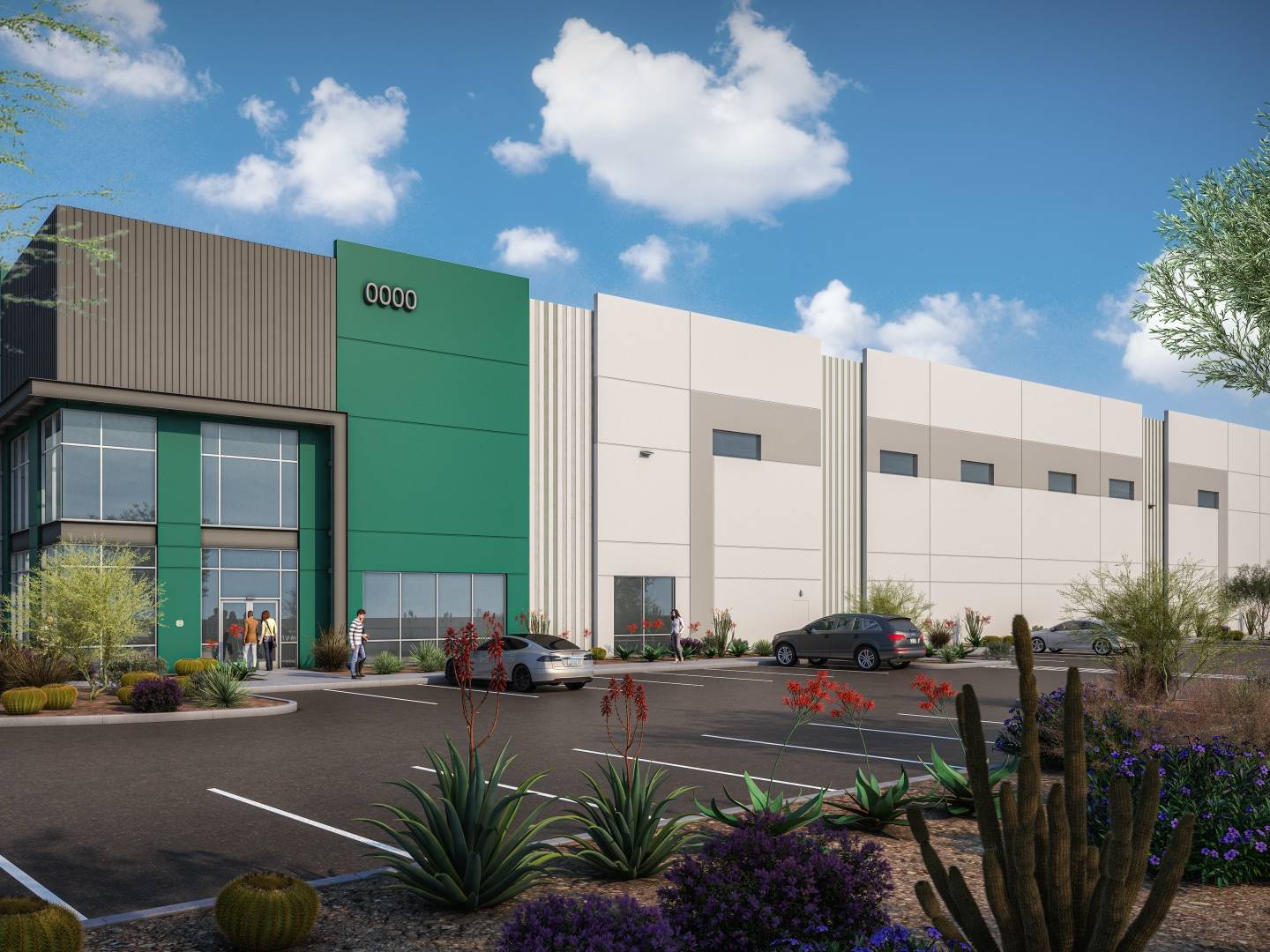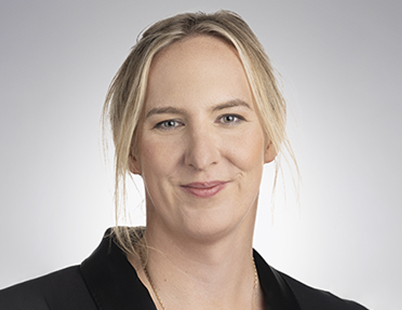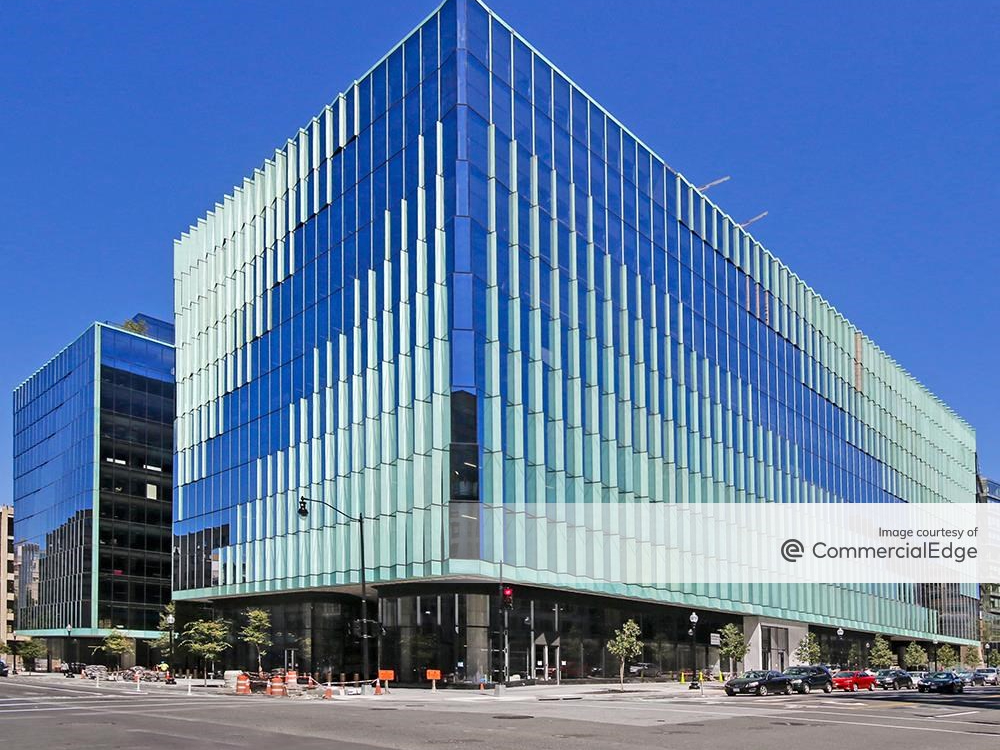Going Mobile
New technologies ease management of the increasingly mobile workforce
New Technologies Ease Management of the Increasingly Mobile Workforce
By Dees Stribling
The technology needed to manage an increasingly mobile workforce is not merely changing the way workers go about their jobs or the way employers oversee workflow, though those changes are taking place. As mobile workforce technology becomes cheaper and more commonplace, led by the proliferation of handheld devices, the trend will also help reshape the workplace itself, with implications for commercial property owners and managers in office, retail and other contexts.
Only a decade ago, when the first iPhone was still a glint in Steve Jobs’ eyes, mobile workforce technology meant a basic cell phone and a laptop. Useful, certainly, but also limited. A mobile worker could call in from just about anywhere, but accessing or downloading needed information from the home office was a little trickier. Conversely, the home office was not able to manage its workforce outside the office in any meaningful way. So in many ways, workforce management in the age of cell phones and laptops was not really any different than it had been for a century. Workers could call in, but so could previous generations, once they found a landline.
Now, “technology … is the engine that drives many business strategies, enables workforce processes and provides the backbone for delivering programs efficiently and effectively,” noted the latest CedarCrestone HR Systems Survey, released in early 2012 and referring to the larger world of workforce management software, of which mobile workforce management is an integral part.
Moreover, workforce management technology is becoming increasingly common everywhere in the industrialized world. According to CedarCrestone, more than half of the companies it surveyed—51 percent—now have systems in place for that purpose. The trend toward using these systems picked up steam before the recession, slowed down for a while as businesses became extremely cost conscious during the recession, and is now picking up again.
In most ways, the increasing mobility of the workforce is not a function of a top-down implementation of technology by management on workers. As handheld devices proliferate on the consumer market and workers of all stripes become familiar with the technology (and even dependent on it), using a handheld platform on their jobs is merely an extension of something they already use every day.
Systems for Greater Mobility
Technology companies, including the largest software companies but also a lot of other players, are now eager to roll out technologies to facilitate a mobile workforce. Some of these advances are oriented more toward a blue-collar workforce, but increasingly others are geared to white-collar workers. As an example of the former, in early October Chicago-based EPAY Systems Inc. introduced Blueforce Mobile, a smartphone app for time and labor management that the company says is particularly suited to companies with “employees on the go.” Such companies might include more traditional employee dispersals, such as work crews out doing repairs, but in fact any company whose employees no longer need to work in a centralized location all the time might also find the application useful.
The app essentially turns Androids and iPhones into mobile time clocks. Supervisors or managers can clock an entire crew or individual workers in and out, and independent operators can clock themselves in and out. Users receive confirmation, and management knows immediately whether or not someone is late or absent—in time to replace the employee before the absence becomes a problem. If GPS or cell service is down, the information is held and sent as soon as service is restored.
In the white-collar realm, the software giant Oracle introduced three new applications for PeopleSoft, its large offering of financial, HR and other software systems, at Oracle Openworld 2012 in early October. The new applications include PeopleSoft Mobile Expenses, PeopleSoft Mobile Approvals and PeopleSoft Mobile Company Directory. All of them focus on managing a dispersed workforce. Mobile Company Directory, for example, is a tool for locating, connecting and collaborating with other workers across an entire organization.
One important aspect of any mobile workforce application is a high degree of portability. For example, with the Mobile Expenses application, an employee can log expenses on a smartphone while traveling, make updates on a laptop in the office—perhaps a laptop that more than one employee uses over the course of a business week—and submit the report for approval from home on a tablet. To facilitate portability, all versions of the PeopleSoft applications are supported on the iPad, enabling users to access any version at any time through the iPad user interface.
“Users today demand solutions that work between their desktop and mobile devices, and they want the convenience of anytime-anywhere connectivity,” said Paco Aubrejuan, senior vice president of Oracle’s PeopleSoft Applications.
Xora Inc. recently rolled out its own application to facilitate a mobile workforce: StreetSmart, a product that combines location awareness with a job-workflow engine. According to the company, one organization planning to use the new product is Goodwill Industries of northwest North Carolina, which has 120 mobile employees who staff 60 donation centers in 33 counties. Goodwill employees will use StreetSmart on their mobile phones to capture real-time donor survey data, which will be the basis of reports intended to convince area retailers that making room for a Goodwill donation center in their parking lots can be good for business. “Mobile workers aren’t just ‘assets’ that need to be accounted for,” noted Xora CEO Anne Bonaparte. “They’re drivers of productivity.”
The New Workspace
In a world of increasingly mobile employees made possible by smaller, cheaper and more common handheld technology, what will the future hold for workspace itself? Much ink has been spilled trying to describe the “office of the future,” and like many predictions, things have not quite panned out as expected. The number of companies that radically downsized their offices in the 2000s to adopt some variation of “hoteling” never did turn out to be large. But a new model of office space, serving a mobile workforce neither tied to their desks nor complete corporate nomads, seems to be emerging, and space is being designed in a number of major markets to accommodate them.
In Miami, for instance, Pipeline, a company specializing in shared workspace, recently inked a 14,000-square-foot lease at 1101 Brickell Ave. to open its first location. Pipeline offers a spectrum of space—including private offices, dedicated desks, flexible spaces and virtual offices—to meet the needs of a variety of operations using different levels of mobile technologies. The idea is to attract firms restructuring their office layouts, startups or independent professionals looking for a home base that fosters productivity and collaboration but is not a traditional office model.
Larger companies are also reconfiguring their space because mobile workforce technology now permits this. In Orlando, electronics and electrical engineering giant Siemens recently relocated from 70,000 square feet of space to 55,000 square feet in Quadrangle/3850, an Alter Group building, based on the assumption that only half of a company’s employees are actually working in the office at any given time. Siemens’ new facility contains 77 workspaces for every 100 employees, and managers typically do not have private offices. When the workday ends, company employees clean out their workspace, leaving no computer, phone or drawer of personal items. The next day those employees will probably work in a different part of the office —or work elsewhere using their smartphones and other technology—depending on day-to-day needs.
This new concept, which Siemens calls “NewWoW” (New Way of Working), first gained traction during the most recent recession due to the pressure to cut costs. Siemens’ traditional office culture has transformed into one of increased interaction, with an open design plan including a variety of workspaces, cafes and informal meeting spaces for employees. It is a kind of office space that would have been hard to imagine being functional in previous decades, but with the rise of mobile workforce technology, Siemens believes it will work in the 2010s—and it might be a model for the workspace of the future.
Like us on facebook: https://www.facebook.com/pages/Commercial-Property-Executive/258033884191








You must be logged in to post a comment.